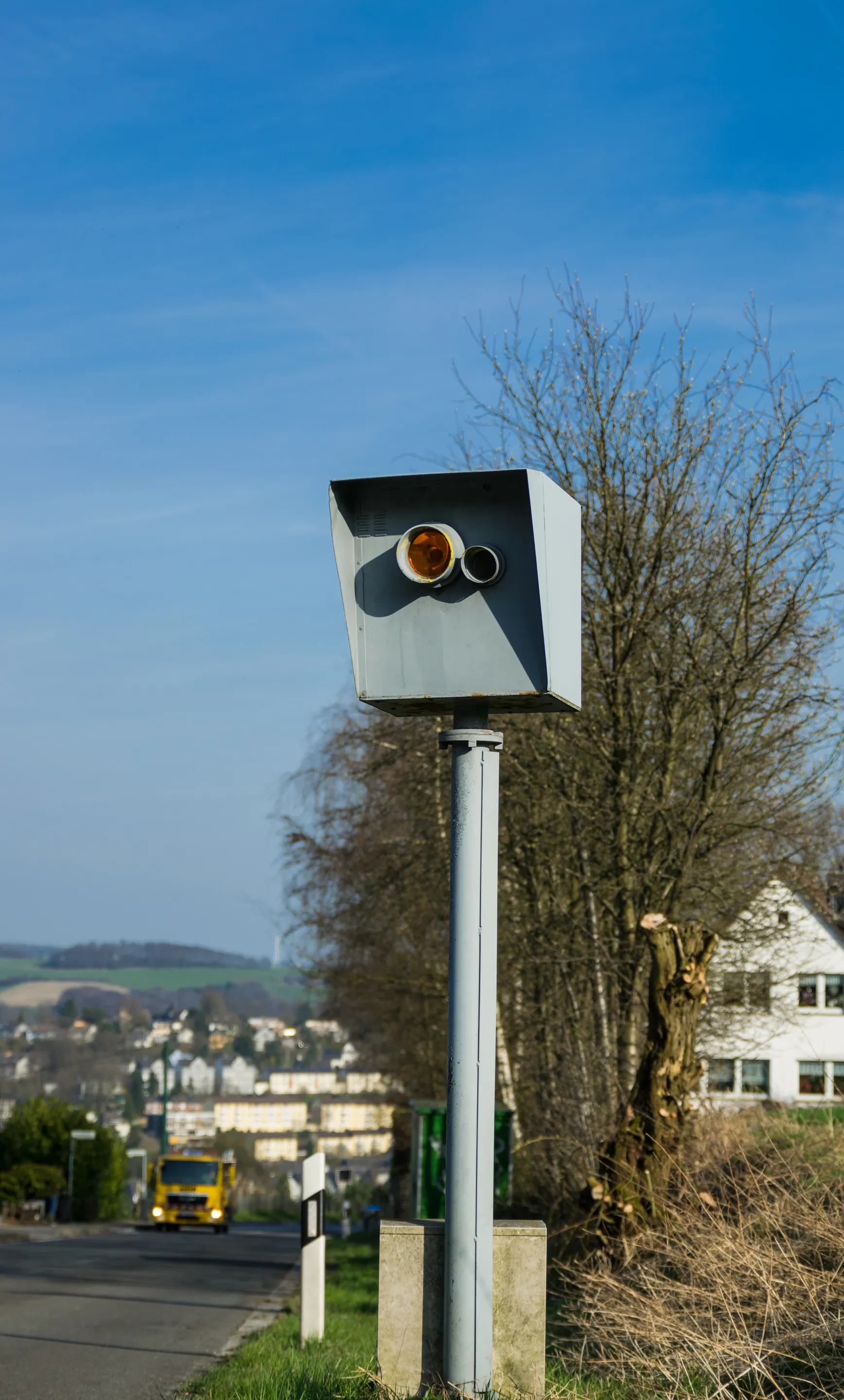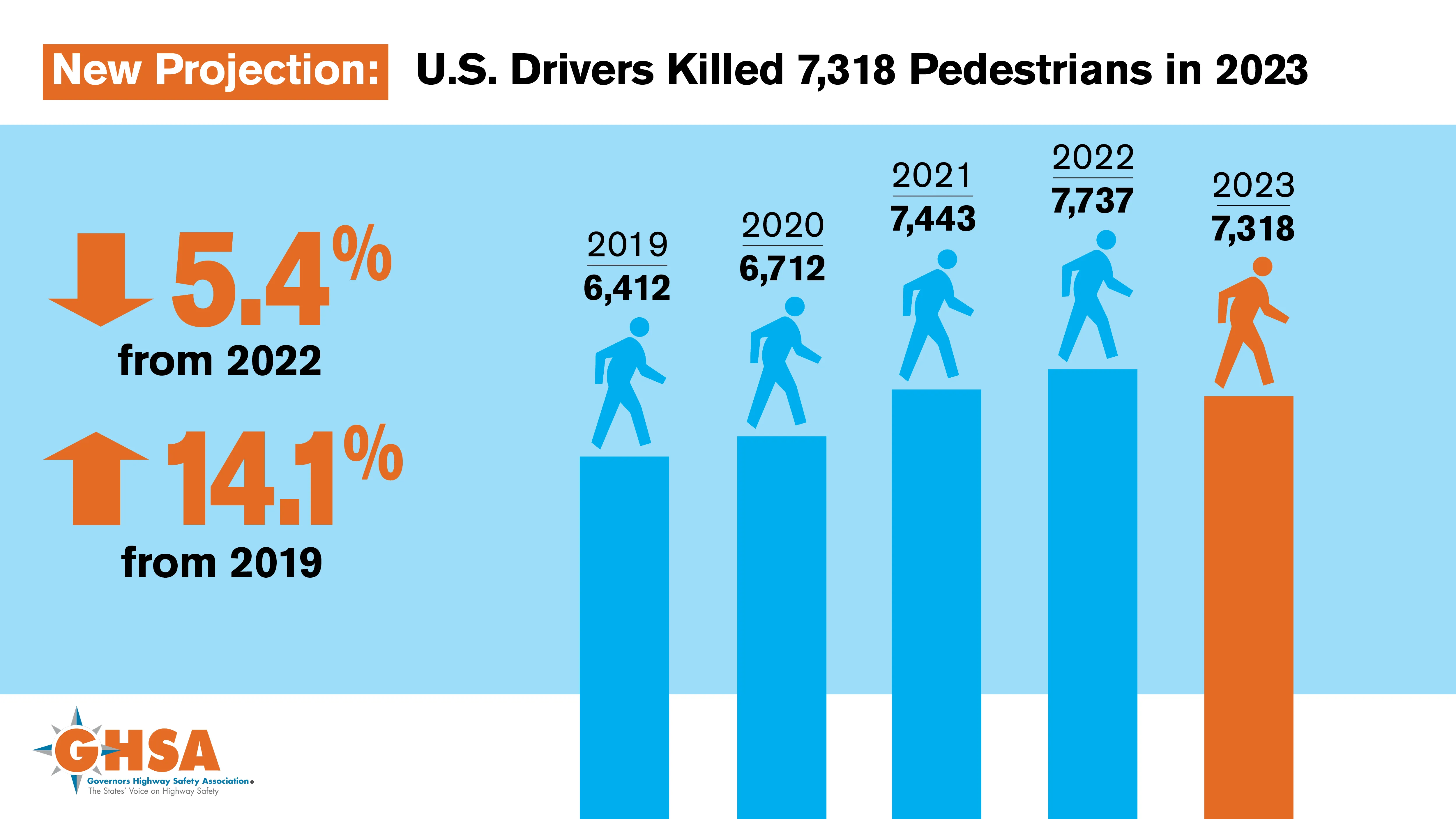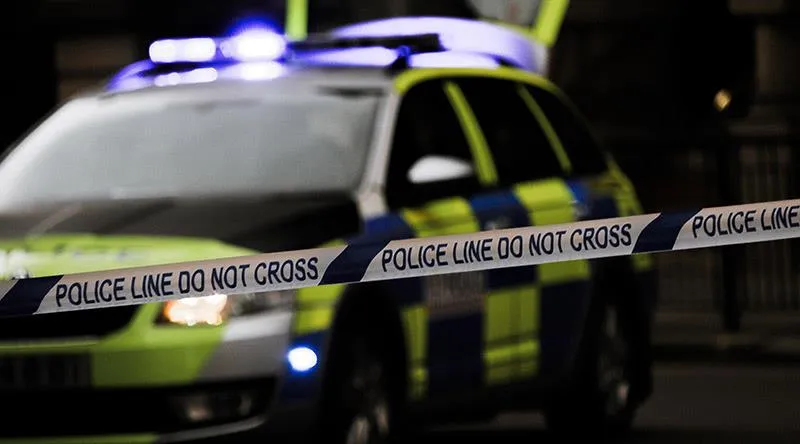The latest data from France and the UK reveals a stunning long term drop in deaths from drink driving since the 1970s. This highlights the effectiveness of campaigns to tackle drink driving in both countries. In France some 18,000 people were killed on the roads in 1972, compared with 3,645 in 2012. The French Government intends to continue this road safety policy and intends to lower the annual fatality rate to 2,000 by 2020. There is a financial benefit to the economy from improving road safety. According
August 12, 2013
Read time: 2 mins
The latest data from France and the UK reveals a stunning long term drop in deaths from drink driving since the 1970s. This highlights the effectiveness of campaigns to tackle drink driving in both countries. In France some 18,000 people were killed on the roads in 1972, compared with 3,645 in 2012. The French Government intends to continue this road safety policy and intends to lower the annual fatality rate to 2,000 by 2020. There is a financial benefit to the economy from improving road safety. According to French figures, the average cost of a slightly wounded person is around €5,200. But this figure is some €132,300 when a person is hospitalised and as high as €1.2 million for a fatal crash. Companies also pay high prices. The average cost for an employee hurt in an accident is €25,000 for temporary injury, €86,000 for permanent injury and €400,000 for a fatality. Some cause for concern has been seen with the UK’s latest data on drink driving during 2012, although the overall trend is still encouraging. According to the UK’s 5432 Department for Transport (DfT), there was an increase in the number of casualties from drink-driving in 2012 compared with 2011. The provisional estimates for 2012 show that 290 people were killed in the UK in drink drive accidents, an increase of around 25% compared with 2011. There was a 5% decrease in seriously injured drink drive casualties in 2012 to around 1, 200 however. It is of note that there were 220 fatal drink drive accidents in 2011 resulting in 230 deaths, the lowest number of fatalities from drink driving since reporting began in 1979. Between 1979 and 2012 there has been an almost six-fold reduction in the number killed in drink drive accidents.








